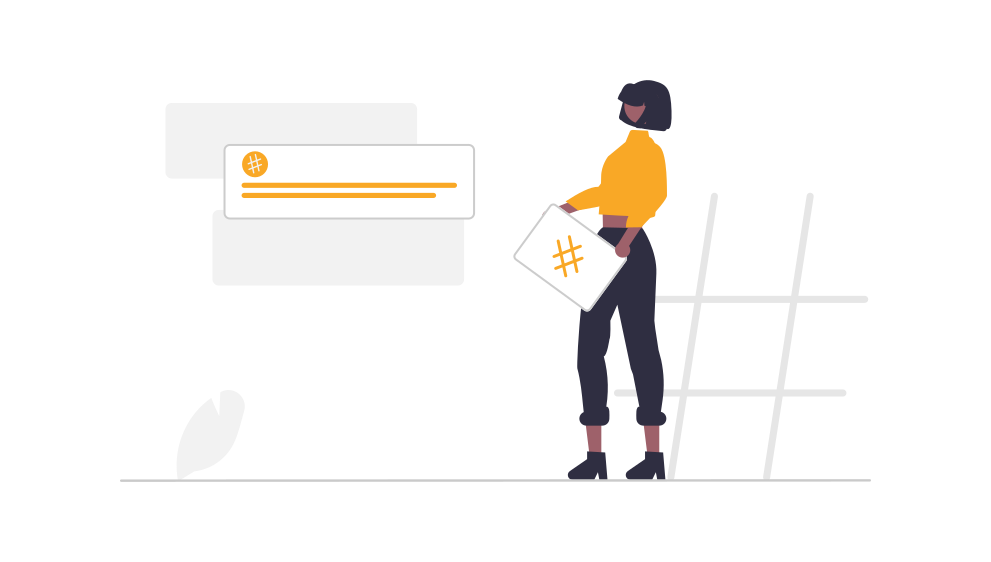What are the top IT Trends for 2023? We believe it will be an evolutionary and sometimes revolutionary leap forward in the digital technologies we already know and use.
The pace of change in business ecosystems is constantly changing and evolving, so the role of IT departments is continually changing. To stay ahead of the curve, it’s crucial to stay up-to-date on the latest IT trends. Here are some of the biggest IT trends for 2023 – most of which are a continuation of the trends we have seen in the past few years.
TOP IT TRENDS for 2023
The Internet of Things
The variety, velocity, and volume of the Internet of Things (IoT) are increasing daily, transforming industries in our increasingly connected world. By connecting physical objects like medical devices, vehicles, and everyday objects to the internet, we can monitor processes and receive real-time data that was never available. So it’s no surprise that IoT use is expanding rapidly, providing access to a wealth of new information that can be used to optimize existing products and services while creating an entirely new universe of solutions. As we look towards its potential in the future, IoT undeniably can shape how we interact with daily operations alongside more abstract concepts like creativity.
Artificial Intelligence and Machine Learning
The use cases and implementation of Artificial Intelligence (AI) and Machine Learning in the enterprise are growing exponentially. Developed by teams of data scientists, AI and Machine Learning provide computer systems with the ability to autonomously complete tasks without being explicitly programmed. By leveraging vast amounts of data, these technologies enable organizations to predict customer demands more accurately and efficiently manage resources. With their advanced capabilities, AI and Machine Learning have revolutionized many industries, such as healthcare, finance, commerce, and energy. As research in these fields continues to evolve, AI and Machine Learning will play a significant role in redefining the technological landscape.
Big Data and Analytics
Big data and analytics are quickly becoming an integral part of modern business. Companies use data collection to improve their competitive advantage, enabling them to build better strategies and make more informed decisions faster. Analysis of this data can offer powerful insights into processing times, cost reduction potentials, customer preferences, and more – allowing companies to make well-informed strategic decisions based on complex numbers. Businesses can quickly adjust their plans for improved success by leveraging big data and analytics.
Cloud Computing
Cloud computing has been a revolutionary, game-changing technology. It allows businesses to operate more efficiently than ever before. It opens up an entirely new world of storage, access, and data processing possibilities that didn’t exist prior to its emergence. Moreover, cloud computing can provide critical services such as disaster recovery, backup plans, and high availability conveniently and cost-effectively, which was not previously possible. In other words, cloud computing is the backbone of resilience for many companies taking advantage of its services today. As the industry continues to evolve with greater efficiency and performance benefits, we can expect increased adoption of this technology across all sectors.
Cybersecurity
Cybersecurity is a critical issue for businesses, organizations, and individuals alike. With the increasingly connected nature of our world, it is paramount that everyone takes extra precautions when securing their information online. Every action taken online poses a potential risk – whether through data breaches by hackers or fraudulent schemes crafted by criminals. By taking proactive steps such as using strong passwords and implementing two-factor authentication, we can ensure that our accounts and data are well protected from malicious actors. Cybersecurity should not be taken lightly; vigilance and effective measures must be implemented when surfing the web or engaging in other digital activities.
Blockchain
Blockchain technology has been gaining traction across multiple industries, with many world-leading companies relying on it to improve their internal operations. It provides a secure, distributed ledger that allows for greater user transparency and trust. The potential applications of blockchain technology are staggering; it can be used in financial records, healthcare, voting, supply chain management, and more. Despite challenges such as scalability, blockchain technology possesses undeniable potential, which could revolutionize how we interact with everyday processes and systems far into the future.
Data Fabric
Data fabric is becoming an increasingly popular data storage architecture, gaining traction in many data-centric organizations, businesses, and institutions. This trend can be explained by data fabric’s superior scalability and ability to provide unified data access to multiple data sources regardless of the platform or system on which data has been stored. Data fabrics also support efficient data sharing, collaboration between different stakeholders, and integrated analytics capabilities, allowing users to gain deeper insights into their data. Additionally, data fabrics can provide secure data management across multiple platforms while offering a lower total ownership cost than other data architectures. As such, data fabric trends are likely to continue in the coming years due to their various advantages over traditional methods of storing and accessing data.
